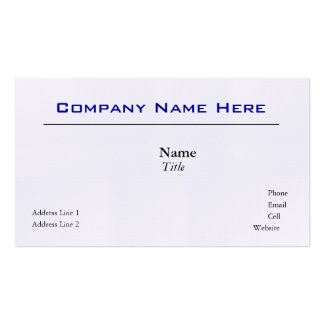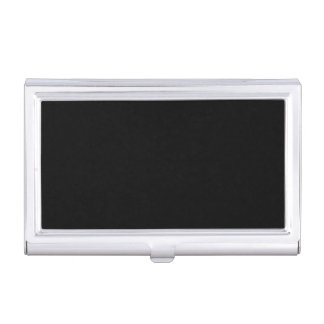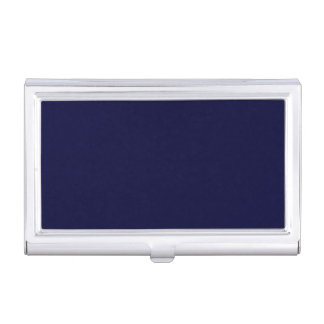If you’re a sole proprietor, independent contractor, freelancer, or solopreneur with no employees, you still have the ability to save for your retirement above and beyond what IRAs and Roth IRAs permit. This is important because you can’t rely on a sale of your business to provide financial security in retirement. Essentially, you can use any type of retirement plan that would be possible if you were a big company with employees. Thus, you can have a profit-sharing plan or a defined benefit (pension) plan. All plans offer similar tax advantages. Here are some options well-suited for those who work alone:
In addition, you can make the so-called employer contribution of either:
Key dates:
The advantages of the solo 401(k) are the ability to add the most to a retirement plan (other than possibly a defined benefit plan) and the option of using a designated Roth account (regardless of your income or eligibility for a Roth IRA) for after-tax savings to create tax-free retirement income.
The disadvantage: You must file an annual report with the Department of Labor by July 31 after the close of the plan year (e.g., July 31, 2015, for the 2014 plan) unless you are exempt from filing (see the instructions to Form 5500-EZ). This filing is not required for SIMPLE IRAs or SEPs.
Key date:
The plan can be set up and funded up to the extended due date of your tax return. Thus, if you didn’t have any qualified retirement plan in place by the end of the year, you can wait until you review your tax situation for the year to sign the paperwork and add a contribution to the plan.
FAQs from the IRS provide more information about SEPs.
SIMPLE IRAs
For a SIMPLE IRA, as a self-employed individual you can make both the employer and employee contributions to the plan, even though you’re neither an employer nor an employee. For 2014, you can make a salary reduction contribution up to $12,000 (plus another $2,500 if you’re at least 50 years old by year’s end); this is the so-called employee contribution.In addition, you can make the so-called employer contribution of either:
- A 100% match to the salary reduction contribution up to 3% of net earnings from self-employment, or
- A non-elective contribution of 2% of net earnings from self-employment (taking into account no more than $260,000 of such earnings).
Key dates:
- The SIMPLE IRA must be opened (paperwork signed) by October 1 of the year of the plan (e.g., October 1, 2014, in order to make contributions for 2014).
- The salary reduction contribution must be contributed to the plan no later than January 30th (30 days after the end of the tax year).
- The employer contribution can be made up to the due date of your return, including extensions.
Solo 401(k)s
If you can afford to save more that is allowed in a SIMPLE IRA, you can use a 401(k) plan even though you’re the only plan participant. Again, you can make both the employee contribution (up to $17,500, plus $5,500 if at least 50 years old by year end) and an employer contribution (no more than $52,000 minus the basis employee elective deferral contribution).The advantages of the solo 401(k) are the ability to add the most to a retirement plan (other than possibly a defined benefit plan) and the option of using a designated Roth account (regardless of your income or eligibility for a Roth IRA) for after-tax savings to create tax-free retirement income.
The disadvantage: You must file an annual report with the Department of Labor by July 31 after the close of the plan year (e.g., July 31, 2015, for the 2014 plan) unless you are exempt from filing (see the instructions to Form 5500-EZ). This filing is not required for SIMPLE IRAs or SEPs.
SEPs
You can use a Simplified Employee Pension (SEP) plan even though you’re not an employee and the plan does not provide a pension. There’s a single contribution based on your net earnings from self-employment.Key date:
The plan can be set up and funded up to the extended due date of your tax return. Thus, if you didn’t have any qualified retirement plan in place by the end of the year, you can wait until you review your tax situation for the year to sign the paperwork and add a contribution to the plan.
FAQs from the IRS provide more information about SEPs.






No comments:
Post a Comment